Southern Anatolian Montane Conifer and Deciduous Forests
The ecoregion’s land area is provided in units of 1,000 hectares. The conservation target is the Global Safety Net (GSN1) area for the given ecoregion. The protection level indicates the percentage of the GSN goal that is currently protected on a scale of 0-10. N/A means data is not available at this time.
Bioregion: Aegean Sea & East Mediterranean Mixed Forests (PA18)
Realm: Western Eurasia
Ecoregion Size (1000 ha):
7,662
Ecoregion ID:
804
Conservation Target:
53%
Protection Level:
0
States: Israel, Lebanon, Palestine, Syria, Turkey
Embellished with magnificent limestone features, this mountainous landscape is a region of supreme natural beauty. Fragrant cedar and pine trees adorn the hillsides, where the world’s largest and most intact forests of biblical Cedar of Lebanon flourish. This is a haven for a multitude of wildlife, including brown bear, lynx, and caracal; boasting splendid antlers, the last natural fallow deer population on Earth finds sanctuary in Antalya-Duzlercami.
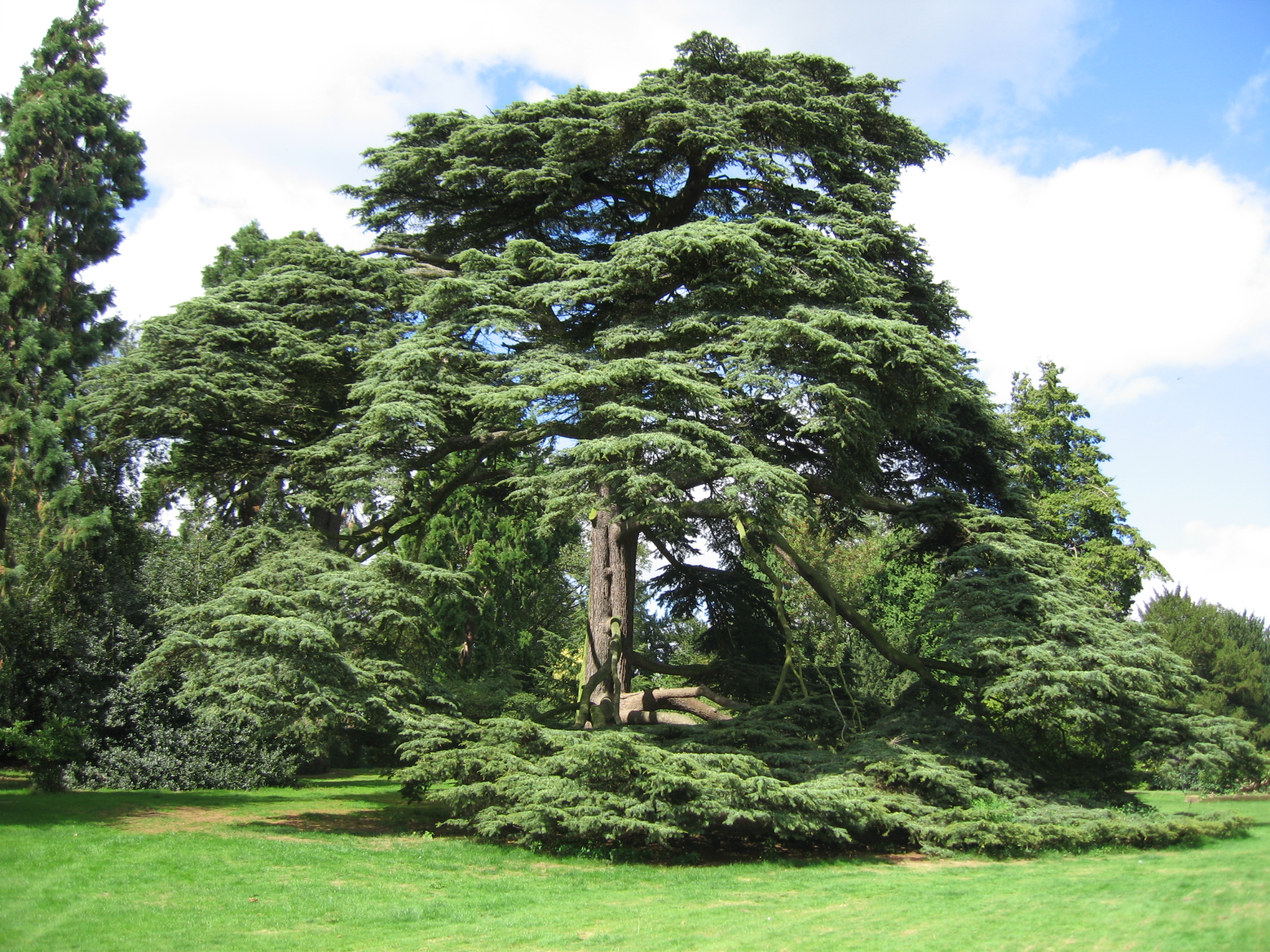
The flagship species of the Southern Anatolian Montane Conifer and Deciduous Forests ecoregion is the Cedar of Lebanon
The majority of this landscape stretches across the Southern Anatolia region of Turkey, reaching into the highlands of Lebanon, Syria, and a very small area in Israel. It follows a series of high mountains, covering the Taurus, Amanos, Lebanon, and Anti-Lebanon ranges; high peaks and deep valleys give rise to isolated ecological niches that harbor high levels of plant endemism. In fact, this region has the highest proportion of endemic species in any Mediterranean zone, largely due to its overlap with the Irano-Turanian biogeographic realm.
Taurus fir and Kasnak oak are endemic tree species, and there is a rich array of endemic plants amongst the forget-me-not and mint families.
A Mediterranean climate of summer drought and high winter precipitation promotes forests of Cedar of Lebanon, Greek juniper, and Anatolian black pine. In some regions, such as the Western slopes of the Amanos Mountains, year-round heavy rainfall fosters the growth of oriental hornbeam, Euxinic lime, and Colchic holly.
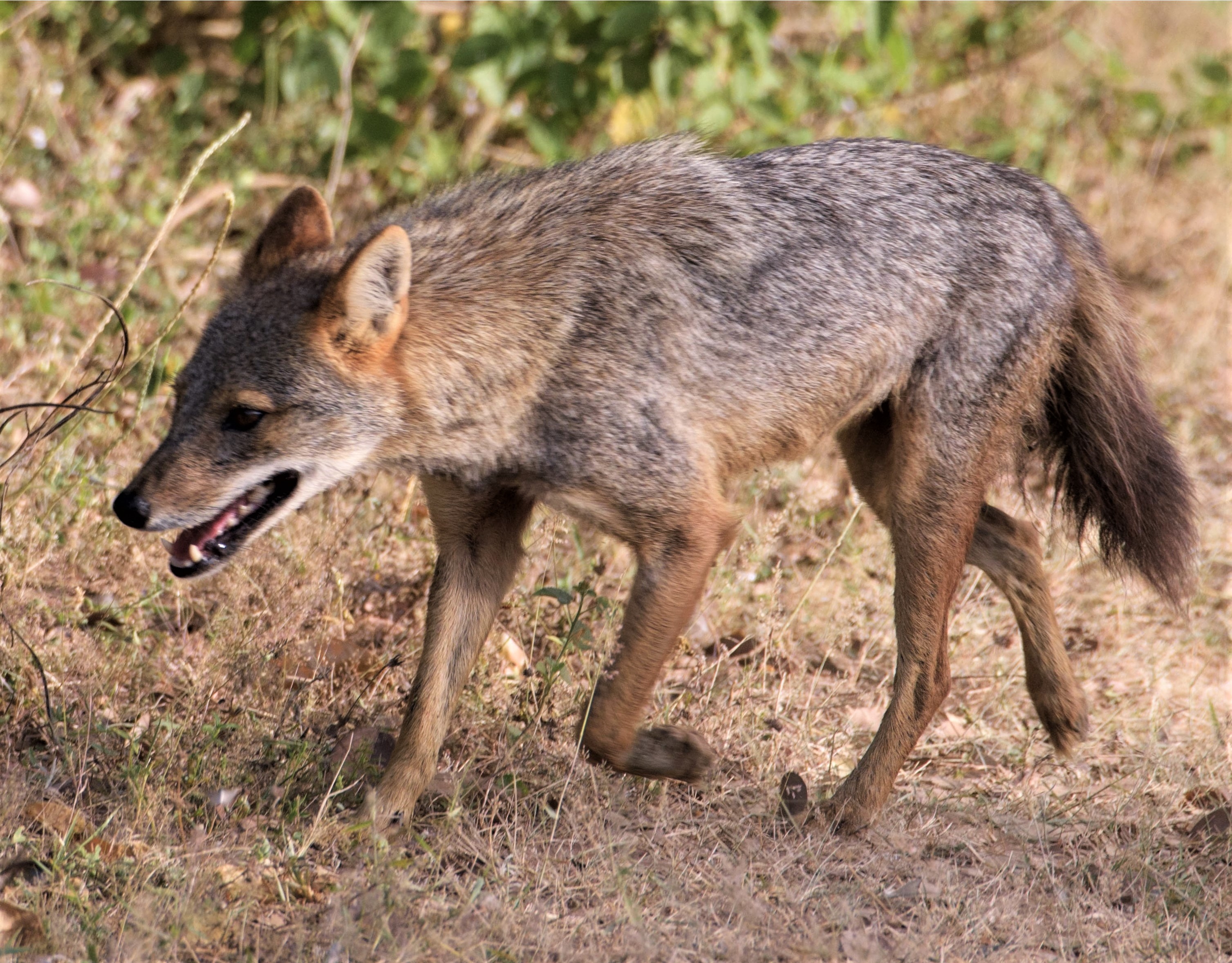
Golden jackal. Image credit: R.M.S. Ratnayake, Creative Commons
This mountainous region of Turkey is rich in wildlife; it has evaded significant human impact due to the inaccessibility of its terrain. Cedar of Lebanon persists here in extensive forests, acting as a refuge for diverse and endangered species, including CITES-listed Eastern sowbread and Persian cyclamen. Grey wolf, golden jackal, and wild goat roam these hillsides, and it is possible that the revered Anatolian leopard still survives here, albeit in very low numbers. Endangered and endemic species include Taurus frog, Taurus lizard, Lebanon mountain viper, and Syrian serin.
There has been a long history of natural habitat destruction and degradation from human activity in this region, dating back to roughly 2000 BC. Cedar of Lebanon has wood that is durable, easily cut, and uniquely scented and is highly valued for timber, grazing, and production of handicrafts. In Syria and Lebanon, its extensive utilization has reduced populations to a few scattered remnants. Kasnak oak and Anatolian black pine are also particularly important timber trees.
Al Shouf Cedars Nature Reserve in Lebanon is a UNESCO Biosphere Reserve, accounting for a quarter of the remaining Cedar of Lebanon forest in the country; it is one of the few remaining areas in Lebanon where large mammals can be found, including grey wolf, wild boar, and wildcat.
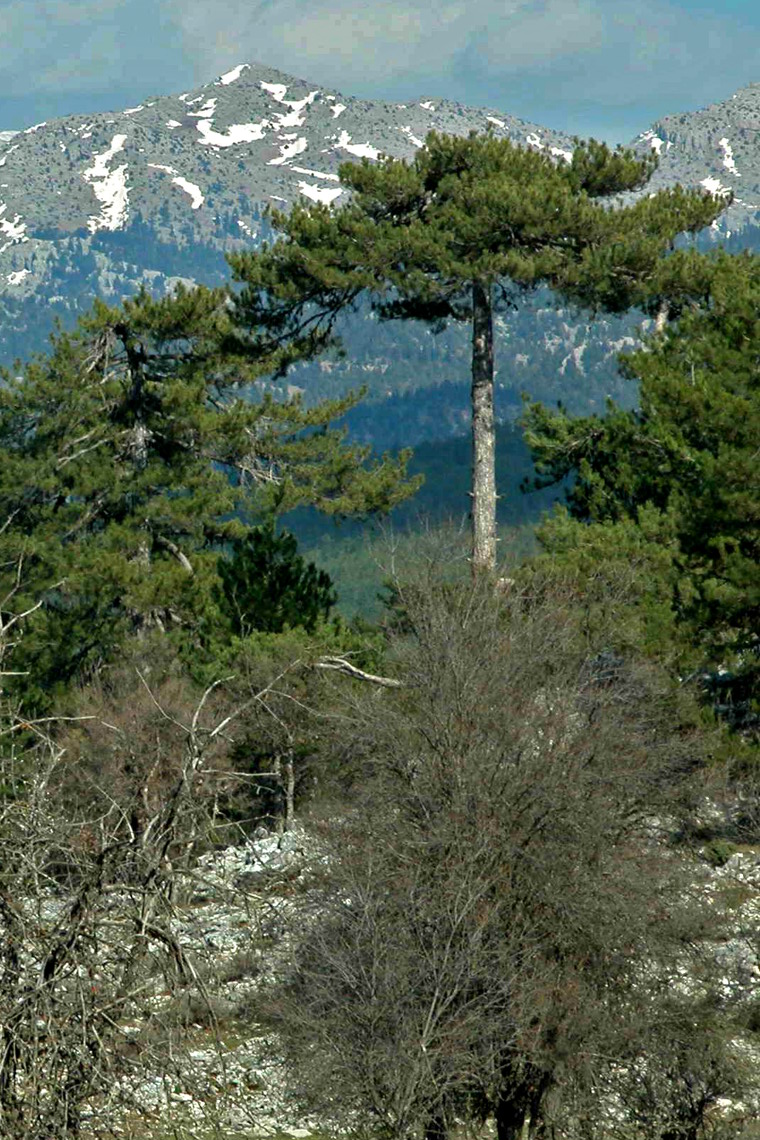
Black pine in the Taurus Mountains. Image credit: Gerhard Pils, Creative Commons
In high mountain areas, the main threat to vegetation is overgrazing by feral goats; these animals target young seedlings and shoots, and so areas, where they have grazed, cannot easily regenerate. Forest management that favors timber harvest and overharvesting of plants are also particularly damaging. Furthermore, expanding tourism industry in Turkey threatens the mountainous landscape as remote areas are becoming more accessible and vulnerable to human impact.
Cedar of Lebanon has strong symbolic and religious values, so its conservation is of enormous cultural importance. In the Shouf Biosphere Reserve, afforestation to create ecological corridors between cedar forests is a key focus, and traditional practices of land management are being revived; old, abandoned terraces are being restored and planted with many native species, allowing the production of high-quality products such as cedar honey and gundelia. In Turkey, Gene Management Zones have been established in the Bolkar Mountains to maintain the healthy genetic diversity of Cedar of Lebanon, Greek juniper, and Anatolian black pine.
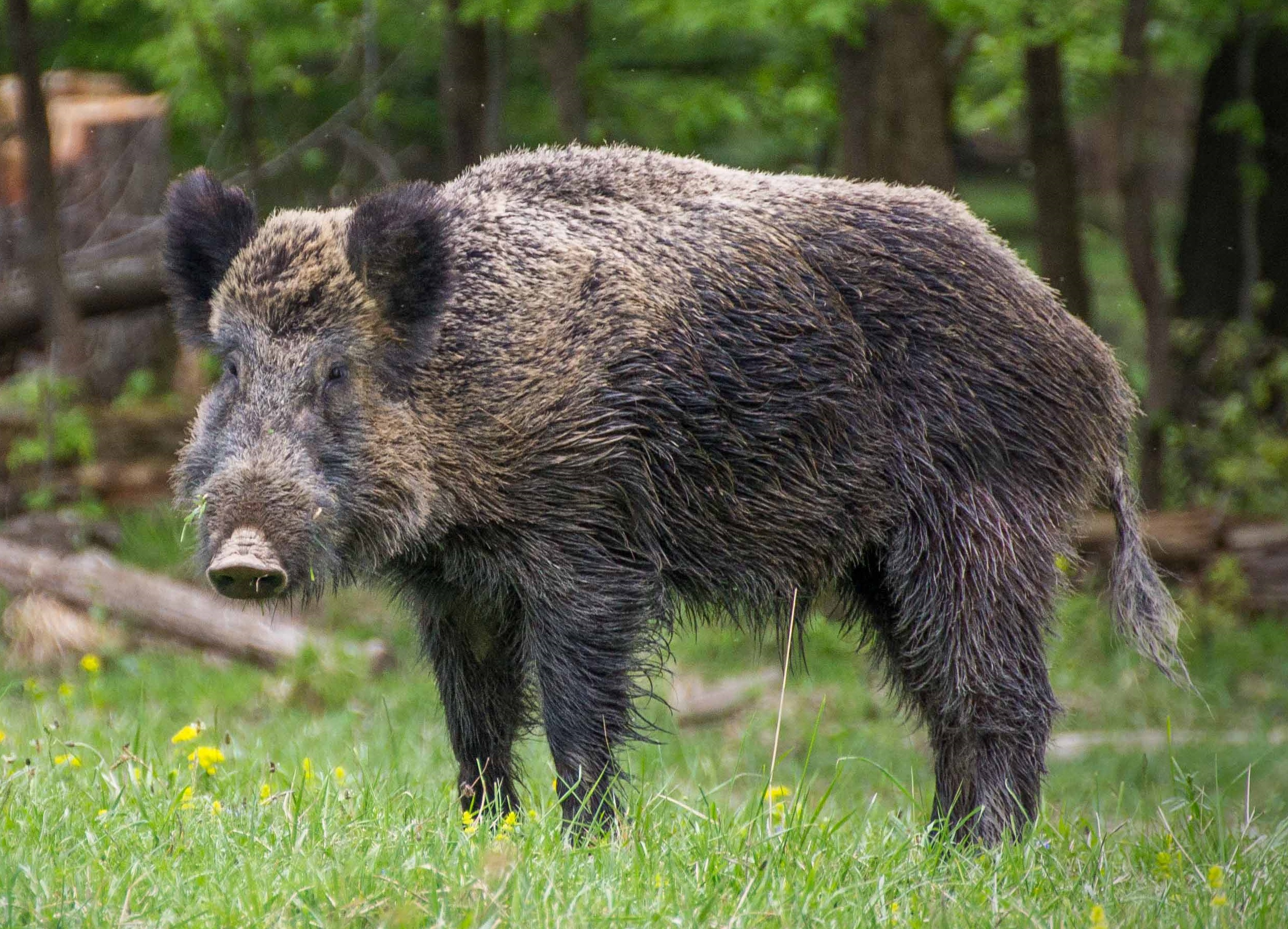
Wild boar. Image credit: Valentin Panzirsc, Creative Commons
The priority conservation actions for the next decade will be to 1) ensure that tourism in Turkey’s mountains is managed sustainably and with minimal environmental impact; 2) guarantee that local communities see the benefit of conservation projects in Lebanon, and remain engaged with the project; and 3) establish a network of protected areas across all countries, which particularly enforce protection of natural forest regeneration from browsing goats.
Citations
1. United Nations Development Programme (2019). Lebanon Sixth National Report.
2. Sattout, E.J., Talhouk, S.N. and Caligari, P.D., 2007. Economic value of cedar relics in Lebanon: An application of contingent valuation method for conservation. Ecological economics, 61(2-3), pp.315-322.
3. WWF. 2018. Western Asia: Southern Turkey into Syria, Lebanon, Israel. [Online]. [Accessed 2nd July 2019]. Available from: https://www.worldwildlife.org/ecoregions/pa1220
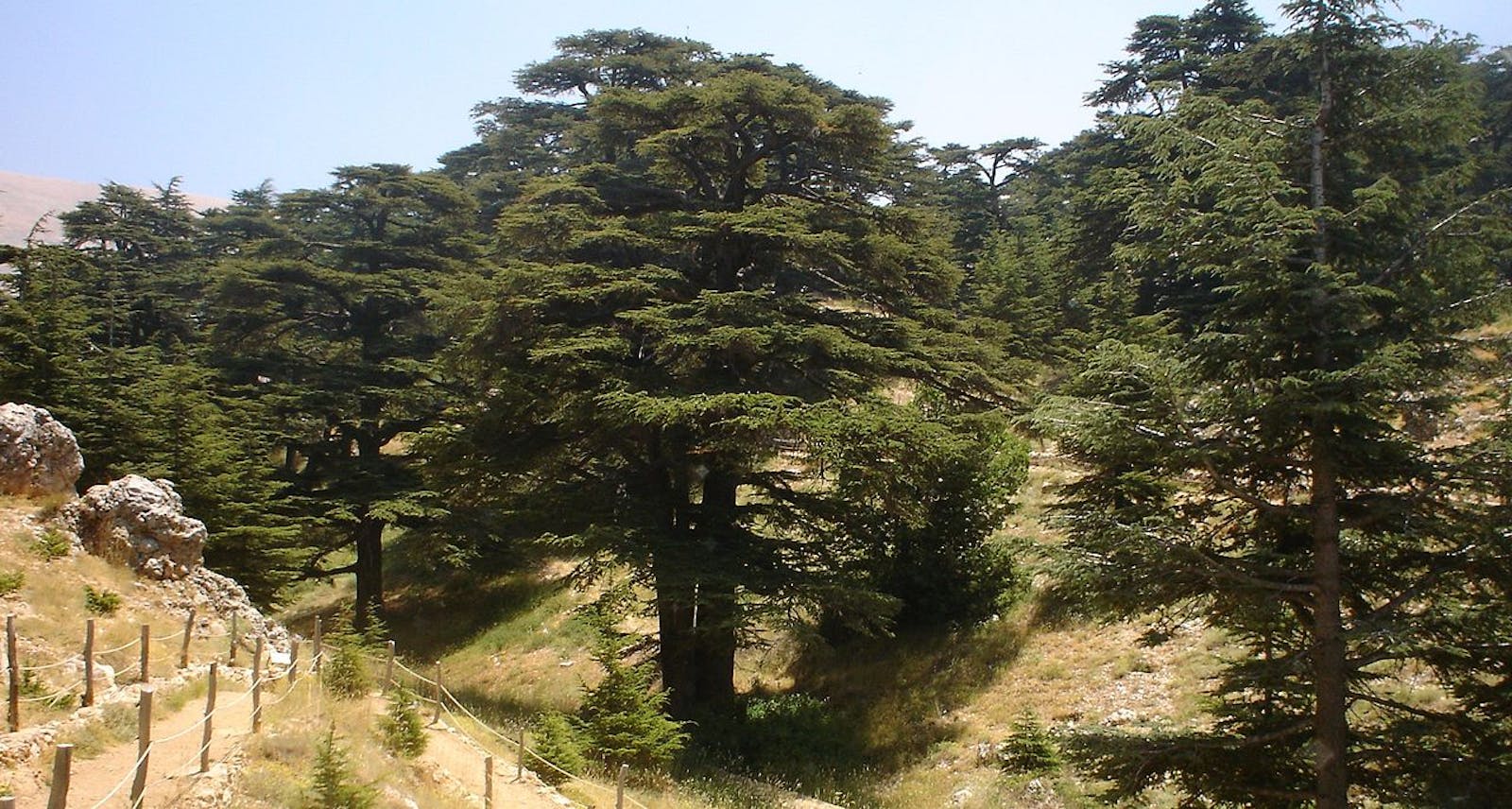
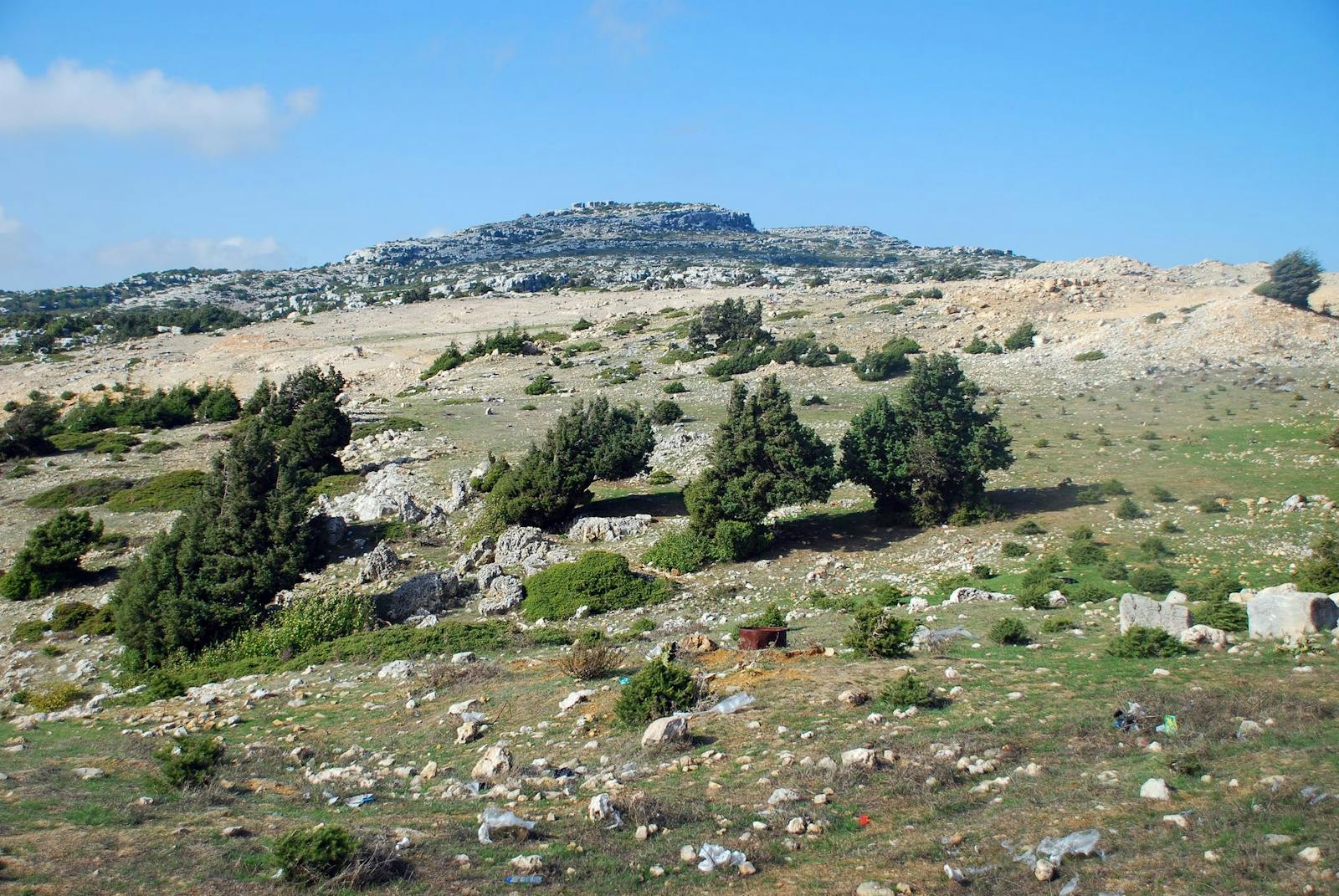
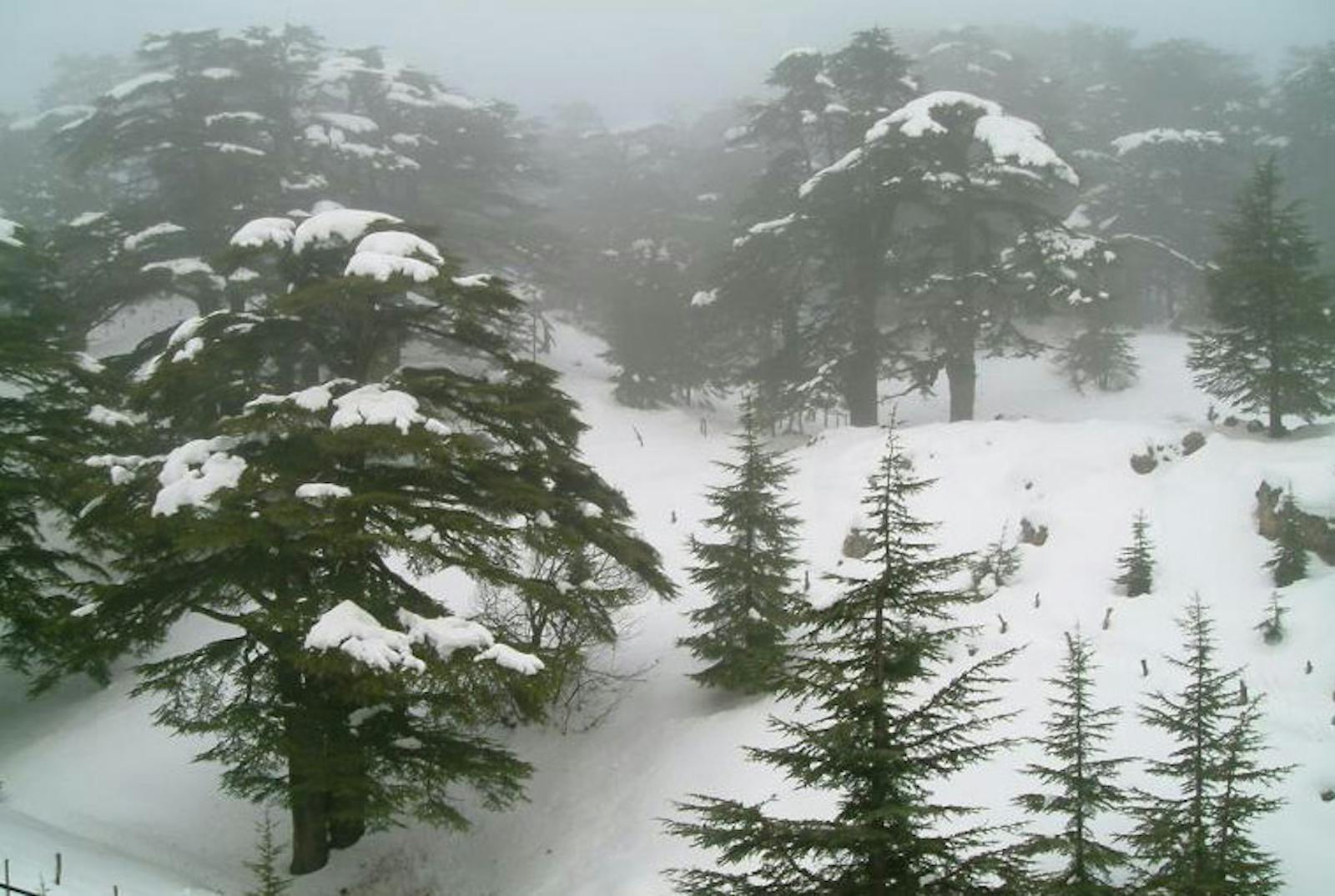
.png?auto=compress%2Cformat&w=300)

